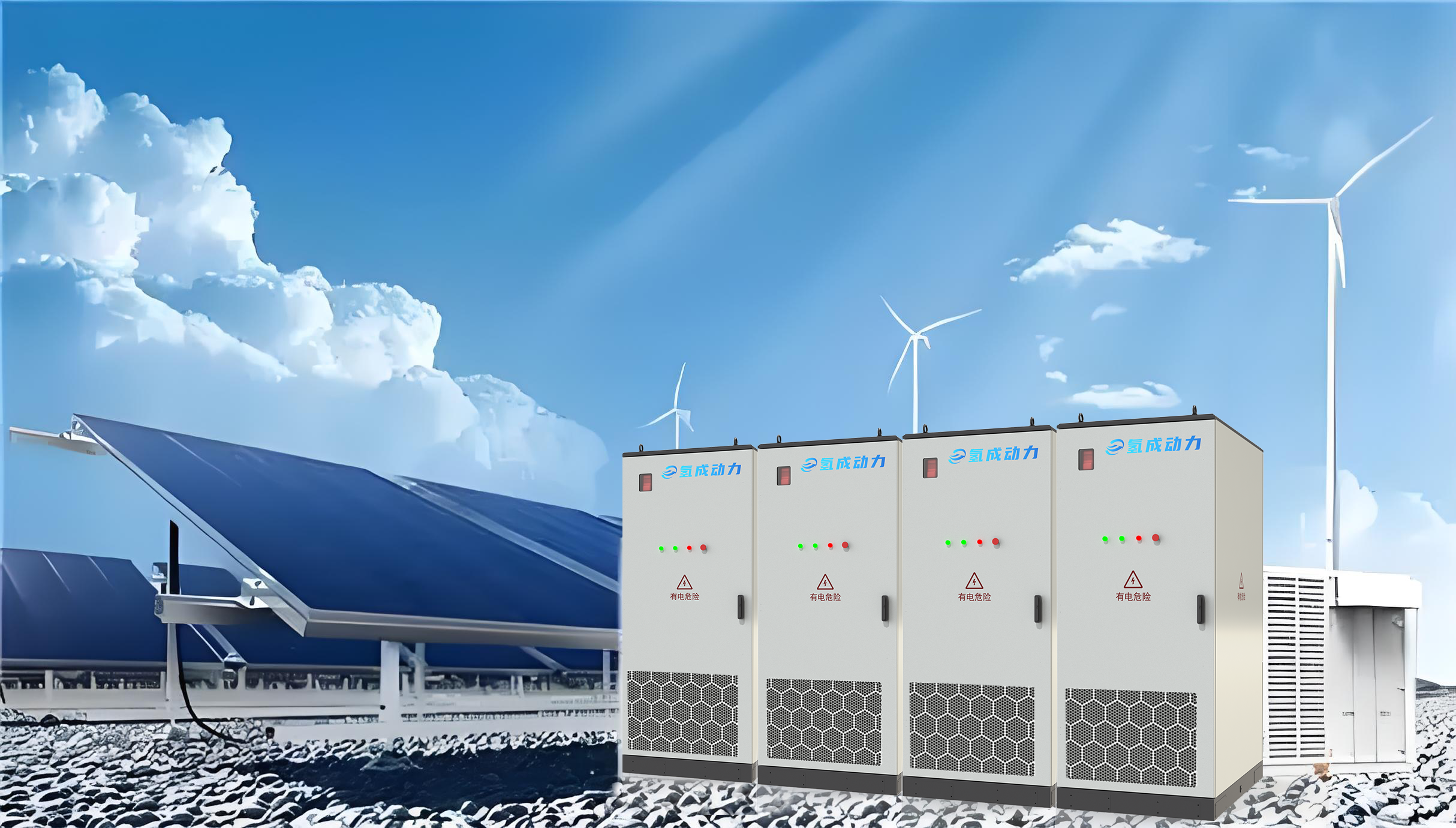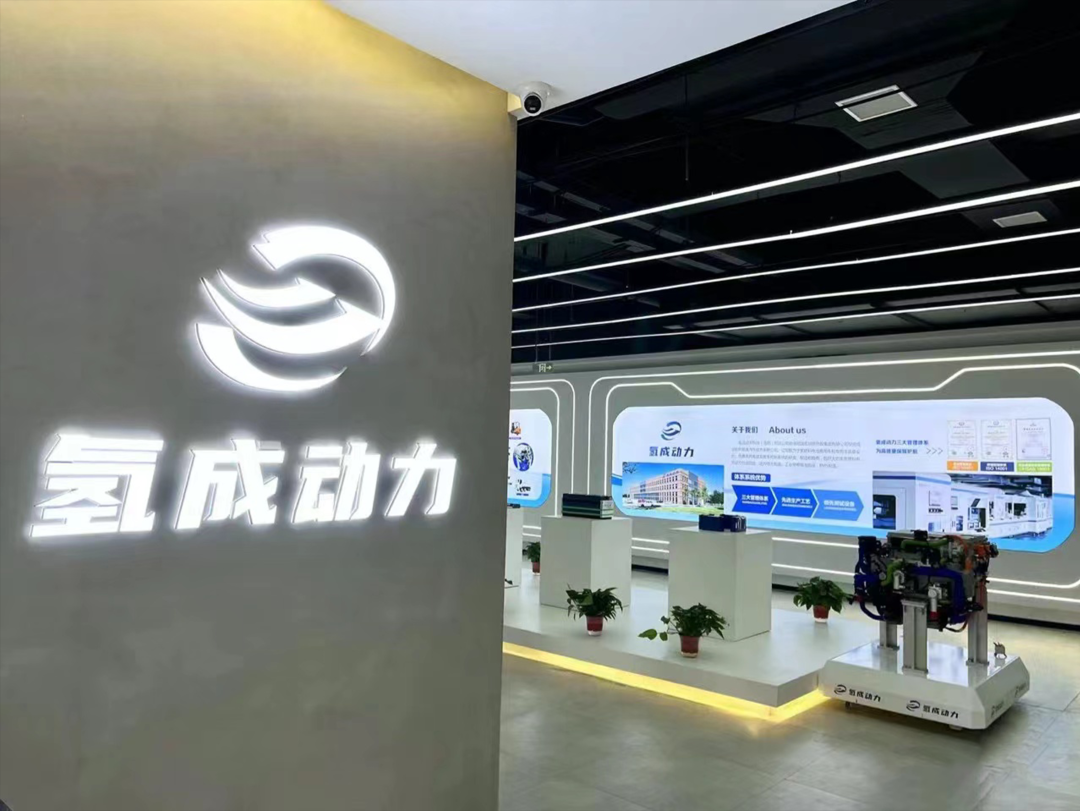Energy Storage News: Hot Industry Trends!
Release time:
2025-03-18
Source:
 National policies and important news
National policies and important news
On March 11, the National Energy Administration issued the 'Guidelines for the Formulation of Energy Industry Standards Plan in 2025'. The key areas of focus include new energy storage and hydrogen energy, with the new energy storage category covering electrochemical energy storage and compressed air energy storage.

Local policies and important news
The Sichuan Provincial Development and Reform Commission has issued the 'Notice on Further Improving the Price Mechanism for New Energy Storage' (dated March 7). Recently, the Price Department of the Sichuan Provincial Development and Reform Commission released the 'Notice on Further Improving the Price Mechanism for New Energy Storage (Sichuan Development and Reform Price [2025] No. 14)' (hereinafter referred to as the 'Notice'). The Notice clarifies the charging and discharging prices for independent energy storage power stations, user-side new energy storage projects, and other matters related to the trading settlement of energy storage power stations. Regarding the charging and discharging prices for independent energy storage power stations, the Notice stipulates that independent energy storage power stations can participate in the provincial electricity market transactions as electricity users when charging, and the corresponding charging electricity does not bear transmission and distribution prices and government funds and surcharges when delivering electricity to the grid. Additionally, the Notice clarifies that independent energy storage power stations can participate in the provincial electricity market transactions as power generation enterprises when discharging. Before the operation of the electricity spot market, the discharging electricity of independent energy storage power stations is executed according to the coal-fired power government authorized contract price mechanism, obtaining the average price difference fee. During the period when the peak electricity price is implemented throughout the province, the discharging price and the average price difference fee are executed according to the time-of-use electricity price mechanism (including the peak electricity price mechanism) time division and fluctuation ratio; during other periods, the time-of-use electricity price mechanism is not executed. After the continuous settlement trial operation of electricity spot market transactions begins, it encourages independent energy storage power stations to sign peak and off-peak market contracts to play the role of peak shaving and valley filling and peak power generation, with the discharging price formed according to the rules of electricity market transactions, no longer executing the above policies. Regarding the charging and discharging prices for user-side new energy storage projects, the Notice also stipulates that user-side new energy storage projects can participate in the provincial electricity market transactions as electricity users when charging. Before the operation of the electricity spot market, the discharging electricity of user-side new energy storage projects is executed according to the coal-fired power government authorized contract price mechanism, obtaining the average price difference fee, and executed according to the time-of-use electricity price mechanism (including the peak electricity price mechanism) time division and fluctuation ratio. After the continuous settlement trial operation of electricity spot market transactions begins, the discharging price of user-side new energy storage projects is formed according to the rules of electricity market transactions, no longer executing the above policies. Furthermore, the Notice also clarifies that for user-side new energy storage projects put into operation before December 31, 2026, the capacity (demand) charges for increased electricity equipment due to the normal operation of new energy storage equipment within two years after commissioning will be included in the provincial unified regulation and relief. If charged based on capacity tariff, the additional capacity charge is determined by the additional dedicated transformer capacity of the new energy storage equipment; if charged based on demand tariff, the additional demand charge is determined by the charging load of the new energy storage equipment at the moment corresponding to the maximum demand of the user in the current month, and if there is no data for the corresponding moment, it is determined by the average value of the loads at adjacent moments.
On March 5th, the Shandong Provincial Energy Bureau issued a notice regarding the detailed implementation rules for pilot projects of source-grid-load-storage integration. The notice outlines four modes for implementing these pilot projects: local consumption, green power trading, virtual power plants, and distributed self-generation and self-consumption. For the self-generation and self-consumption mode and green power trading mode, integrated projects should voluntarily and reasonably configure energy storage based on their own needs. Energy storage systems must be built independently and cannot participate in electricity market transactions as an independent entity. The self-generation and self-consumption mode is suitable for areas where the distribution network's carrying capacity is insufficient and the available capacity for distributed new energy is limited. Power-consuming enterprises can build a certain scale of energy storage facilities to increase electricity load during peak renewable energy generation periods. They should also construct distributed new energy within their factory premises, with the generated electricity primarily consumed locally. The implementation of such projects should not affect the safe operation of the power system. The nearby consumption mode is applicable to export-oriented enterprises with good surrounding new energy resources and clear requirements for direct green power connection. Projects under this mode should aim to enhance the consumption level of new energy, focusing on developing projects that have an annual new energy consumption capacity of no less than 200 million kilowatt-hours and a new energy consumption ratio of no less than 50% of the total electricity consumption. The virtual power plant mode is suitable for integrated projects relying on distributed power sources, user-side or distributed energy storage, and adjustable loads that are not included in dispatch management. These resources should be aggregated and connected to the public grid, participating in electricity market transactions through virtual power plants, achieving flexible interaction between sources, grids, loads, and storage. Resources are managed autonomously by virtual power plant operators. The green power trading mode requires real-time monitoring of power data, automatic control of active and reactive power, prediction of power and load data, market clearing, and reception and distribution of dispatch instructions.
On March 12th, Beijing Municipal Standard 'Regulations for the Construction and Operation of Power Storage Systems' was made publicly available for comments. This document was first released in 2021 and this is its first revision. The document is proposed by the Beijing Municipal Commission of Urban Management and is organized and implemented by the same commission. It specifies requirements for the design, construction, acceptance, operation and maintenance, decommissioning, and emergency handling of power storage systems. It applies to compressed air energy storage systems, flywheel energy storage systems, supercapacitor energy storage systems with a rated energy of no less than 5 kWh, and lithium-ion or sodium-ion batteries (including solid-state batteries), flow batteries, and other or hybrid types of energy storage systems with a rated power of no less than 100 kW or a rated energy of no less than 100 kWh. Compared to the previous version, this edition includes technical requirements when site selection distances are not met, outdoor open space requirements, fire separation distance requirements, power quality management requirements, the need to set up a unified clock synchronization system across the entire station, access to a safety management platform, and a chapter on 'Distributed Energy Storage Devices'. The document stipulates that for indoor energy storage stations with fire hazards classified as Class A or B, the fire compartment area should not exceed 250 square meters, and energy storage units and battery units should be divided according to their rated energy, meeting the following requirements: a) The rated energy of each energy storage unit should not exceed 10 MWh; b) Energy storage units and surrounding rooms, as well as between energy storage units, should have fire separation, which must meet the following requirements: 1) Firewalls should have a fire resistance rating of no less than 4 hours; 2) Floors should have a fire resistance rating of no less than 2 hours; 3) No doors or windows should be opened on firewalls except those leading to evacuation corridors or outdoors; if an observation window is necessary, it should be a Grade A fire-resistant window; 4) If pipelines pass through firewalls or floors, the gaps around the pipelines should be fire-sealed, complying with the relevant provisions of GB/T 51410. c) Battery units should be separated from adjacent areas using fire-resistant walls with a minimum fire resistance rating of 3 hours and Grade A fire doors, ensuring that water-based firefighting measures do not affect non-affected battery units during accident handling.
Disclaimer: We respect original creations and also value sharing. The images and text come from the internet and belong to their respective owners. If there are any issues related to content or copyright, please contact us for removal.

Key words:
Previous Page:
Recommended News
Contact
Address: Chanhe Innovation Technology Park, No. 2 Zhenxing Road, Chanhe Hui District, Luoyang City, Henan Province
Tel:0379-63869669
Mailbox:info@hydromobility.cn
Scan

Copyright©2023 Qingcheng Power Technology(Luoyang) Co.,Ltd. This website supports ipv6
Copyright©2023 Qingcheng Power Technology(Luoyang) Co.,Ltd.
This website supports ipv6






